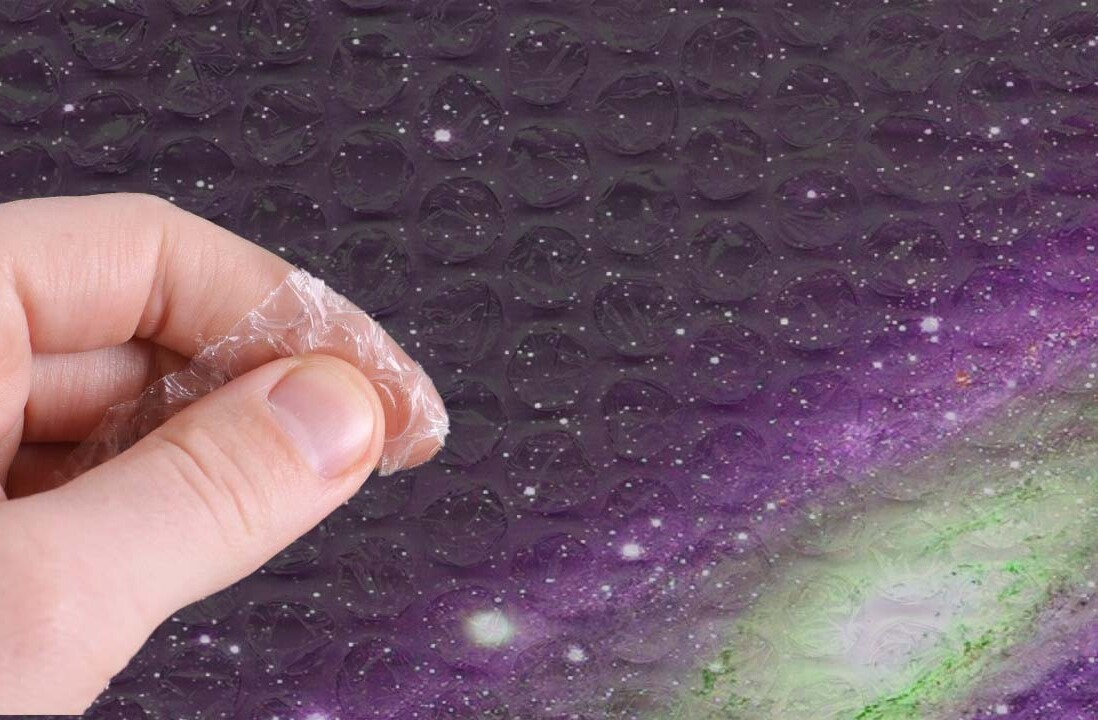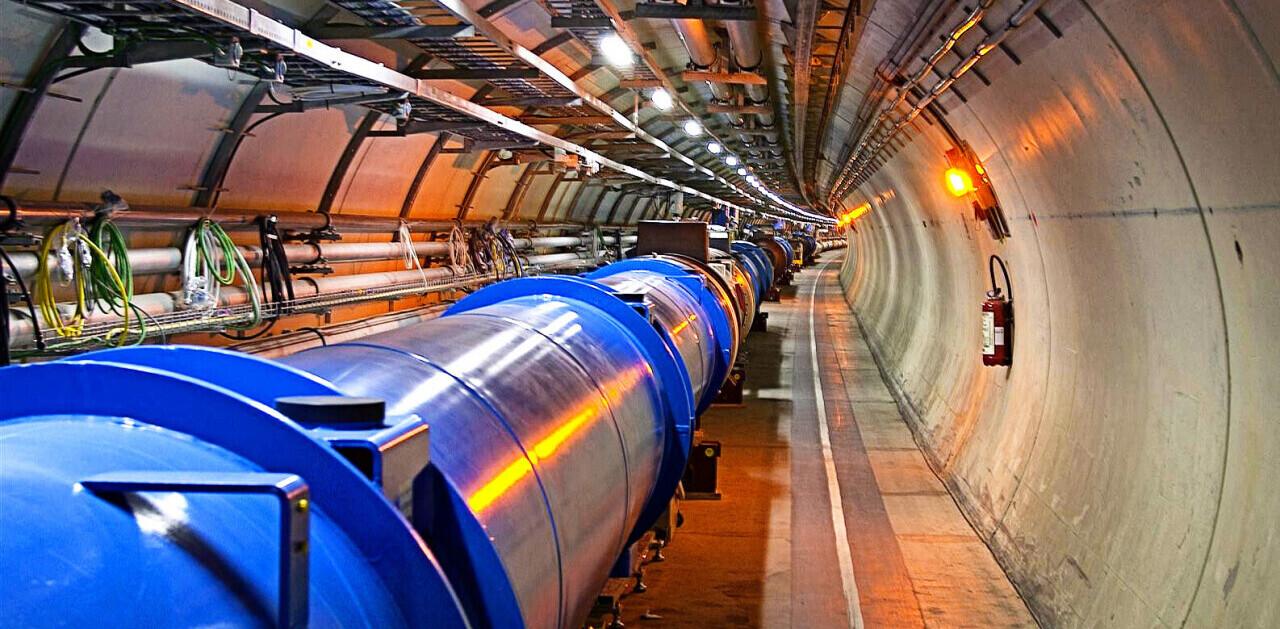Researchers at Northwestern University implanted infertile mice with 3D-printed ovaries, and those mice have successfully given birth to babies.
The paper, published in Nature Communications, says these bioprosthetics were created to help people who have become infertile due to cancer treatments.
The researchers used collagen-based gelatin as “ink” in the printer, and built the tissue in a lattice pattern similar to the structure of the ovaries. After building the tiny test set, they implanted them into nine mice, two of which were a control. Three of the mice with the new ovaries successfully birthed mice babies. The babies were allowed to have babies of their own when they were old enough, just to test their long-term health.
The researchers acknowledge other benefits of repaired ovaries besides the ability to reproduce. For example, young women with damaged ovaries may undergo early menopause, or be unable to go through puberty at all.
According to Wired, the researchers plan to move on to implanting 3D-printed ovaries into mini-pigs, and hope to have the gelatin organs available for clinical trial within five years.
Get the TNW newsletter
Get the most important tech news in your inbox each week.






